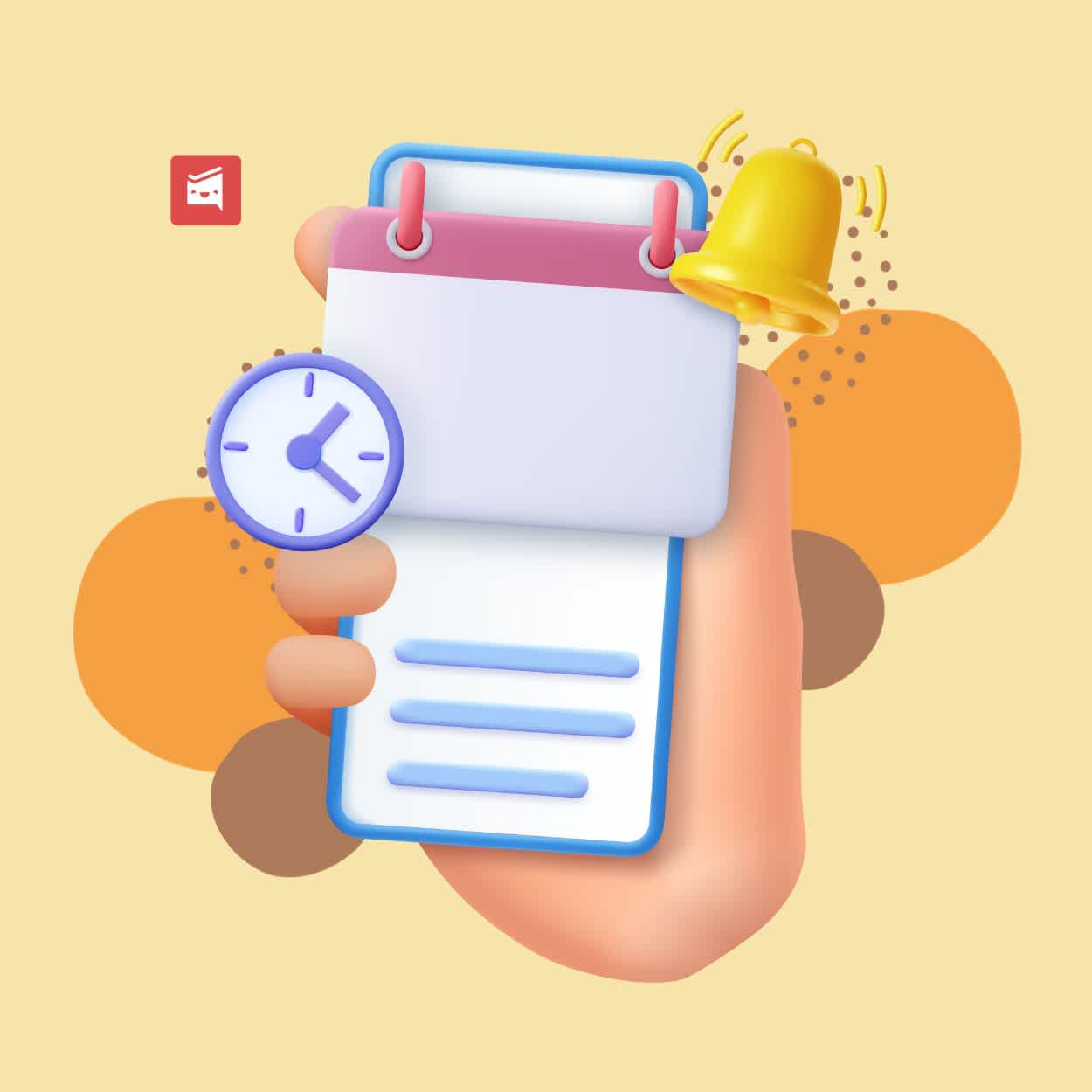How to Effectively Manage Timelines and Deadlines in Mobile App Development Projects
ByJulian Gette
Workast publisher

Workast publisher
Mobile apps are revolutionary, helping businesses and individuals navigate around tasks more efficiently. The increasing demand for these tools is putting pressure on the need for sharper app development projects. If you want to make yours prosperous, consider laying down perfect plans and be goal-oriented. Meeting the tight schedules can sometimes feel daunting, but it doesn't have to be. With the right strategies, you'll effortlessly keep deadlines and timelines in check. Here are some tips to consider.
Partnering with a Mobile app development agency offers a significant advantage in managing project timelines and achieving consistent quality. These agencies come loaded with experience and technical know-how, which helps speed up the app creation process while minimizing costly delays. They've got a whole crew ready to take on different parts of the job simultaneously, so the whole thing moves faster. These firms usually stick to the top industry methods to ensure they work in an organized, step-by-step way that keeps things on track.
They're pros at using project management tools and good at staying in touch, so the team works better together and hits their targets without delay. According to the team behind Sonin, developers will use data-driven methods when serving you. This helps speed up the operations while fostering customization of the solutions. You want an app that matches your specific needs and is relevant for the future.
Despite meticulous planning, unexpected challenges can arise during the development process. To account for these uncertainties, allocate buffer time in the project timeline. This buffer acts as a safety net, allowing the team to address unforeseen issues without jeopardizing project deadlines.
Buffer time should be strategically placed at critical points in the development timeline, such as before major releases or during transitions between development phases. Building in this extra time gives the team the flexibility needed to overcome unexpected obstacles without compromising the project's ultimate success.
It's essential to sit with your team, deliberate on the possible features, and narrow them down to the more fundamental ones. It gives you an image of the ones you'll begin with and in which order the rest will follow. This strategy helps create the best first impression about your product while preventing your team from struggling with many features before the launch.
A faster-to-market scenario also helps the users see what you're offering, allowing them to share views on what more they'd like to see. The secret to making the right decision is in how you do the market research. Look at the user's expectations and software downloading patterns, which will guide you in phasing out the features.
It's prudent not to cast your timeline in stone but rather allow some flexibility. There is no better way to achieve this than doing some regular reassessments. Spare some time also for retrospective meetings when you complete any development phase. This is where you'll go through the work and see the areas that need modifications.
The insights you get can be foundations for your future time plans on projects, allowing better optimizations. Such a proactive approach mirrors your dedication to continuous improvement, cultivating a culture of adaptability. By initiating timely adjustments, you help the project stay on track even as the priorities evolve.
This is a perfect way to boost nimbleness in your project, regardless of size. With agility, you enjoy a step-by-step development cycle, which guides you on how to make the project run smoothly. The team will quickly review the project objectives and find a way to split the tasks into smaller manageable chunks.
You can then redistribute the roles among the group, accelerating the process. As you do this, make the duties clear and perfect on your resource distribution. It lets all members know what is expected of them, preventing errors and confusion. A perfectly executed agile methodology will help your team handle problems efficiently and alter course when needed.
Timely sharing of information and instructions makes all the difference in how teams complete projects. Make every team member have several channels they can use to reach out, share insights, or get clarification as they wish. Consider having both in-person and virtual options to enhance the sense of camaraderie within the team for more efficiency on this.
It will also empower you to have several remote workstations, which have many benefits. For instance, you'll give the team more flexibility, encouraging them to commit more to the work. It allows you to tap into an extensive network of talents, adding more quality to the activities. What's essential is having specific policies to guide the remote settings so that everyone's productivity is constantly high.
Without assessing the attributes of your processes, it can be hard to tell how perfectly you're attaining the expected in-progress app quality. This necessitates the need for thorough automated testing protocols, which will allow your team to effectively evaluate every developmental stage. Knowing whether there are any issues or bugs becomes effortless, allowing their prompt addressing.
Such a time-efficient approach means the releases will not experience any delay, which is common when doing last-minute fixes. This will go beyond saving you time but also result in a more reliable and robust tool. Meeting the set quality standards will inject more confidence in your products, giving you instant success in the market upon launching.
If you want to make your workflow more streamlined and productive, consider using tools. Whether you go with Asana or Jira, find software that's intuitive and easy to customize. This will allow the project to target the specific objectives seamlessly. Also, target one, which lets you assign tasks and create collective groups for projects.
Apart from such centralized platforms allowing progress tracking, they also foster task management. You'll know which areas need more resources and time through features such as real-time reporting and analytics. Remember also to train your team to quickly identify the bottlenecks and how to forward the emerging issues.
A mobile app creation process can be efficient regarding quality and time when the right plans are in place. Think about your team's whole scope of work, goals, and competency. Also, create clear guidelines for the several phases and outsource professional app developers. Pay much focus on the end features you want the tool to have and allow flexibility throughout the project.

